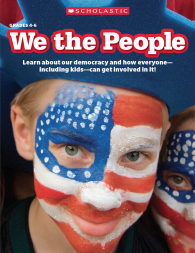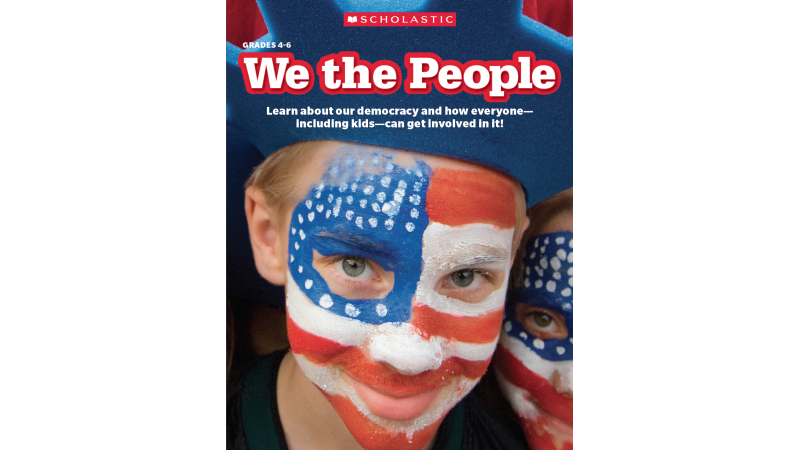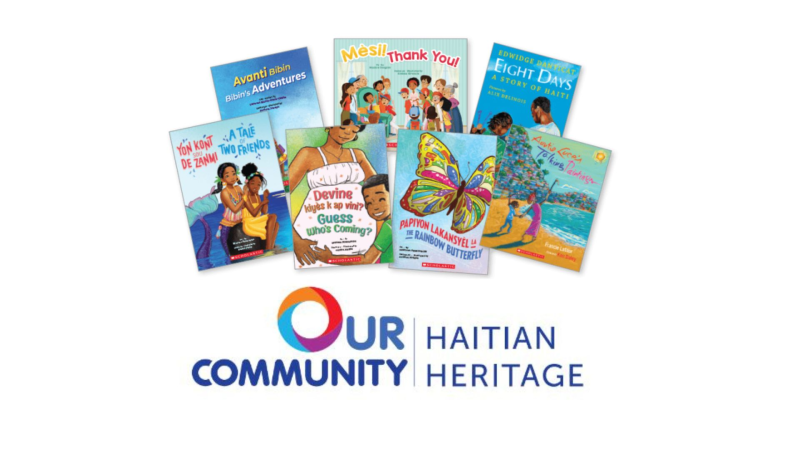There is a critical need to help students understand the world around them and how they fit in it. Including civics education and media literacy as vibrant and frequent parts of every child’s education is an important step to ensuring they understand:
- The importance of being kind and respectful
- The long and necessary struggle for equal rights and justice for all
- How our government works
- How to get involved in democracy and communities
- How to find reliable information, read news critically and separate fact from fiction
Addressing topics like these, discussing current events, which are sometimes scary as they happen, and all the while providing kids with the skills to learn about and engage in the world around them, lands upon the shoulders of every teacher, of every grade level, every day.
Knowing this, Scholastic Classroom Magazines, beginning as early as pre-K, provide teachers with the tools they need to support civics education, media literacy and current events discussions. Nearly 100 years ago, Scholastic was founded with a single classroom magazine and a mission to help children understand the contemporary world. Today, Scholastic has 33 subject-specific classroom magazines which reach about 25 million students, providing authentic information and the tools to help them learn to think and reason while becoming informed, thoughtful, caring and active citizens.
Adding to available resources, Scholastic has launched a free online tool focused on civics education and media literacy for students in grades 4–10, We the People. The resource incorporates content from Scholastic Classroom Magazines including Scholastic News®, Junior Scholastic® and The New York Times UPFRONT® and encourages discussions around civics in classrooms. Separate editions for grades 4–6 and 7–10 ensure that students and teachers can take advantage of age-appropriate content. Users have access to articles explaining the function of government and the role of voting in a democracy, media literacy articles that teach students how to spot fake news and find credible sources, inspiring current events stories about everyday kids involved in their government, videos, quizzes about citizenship and more.
Scholastic will also be running a series on civics education across different grade levels on edu@scholastic, our blog about education and learning. You can read the first article in the series, “Teaching Civics in Early-Grade Magazines,” here: http://edublog.scholastic.com/post/teaching-civics-early-grade-magazines
Scholastic






